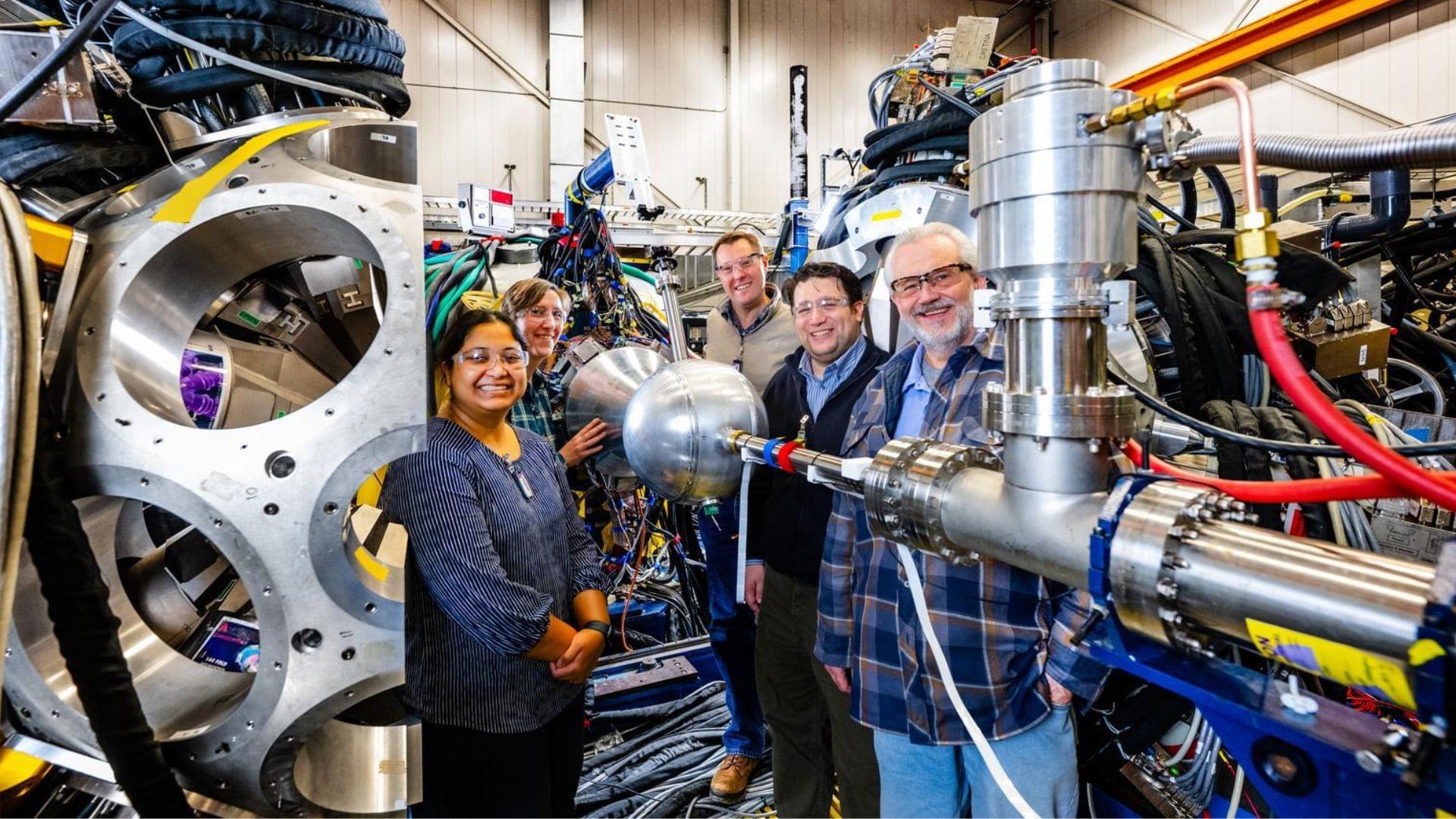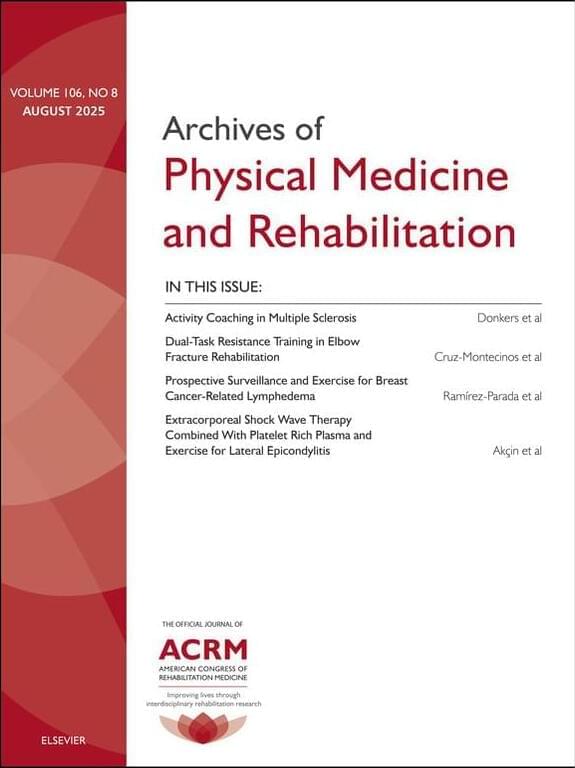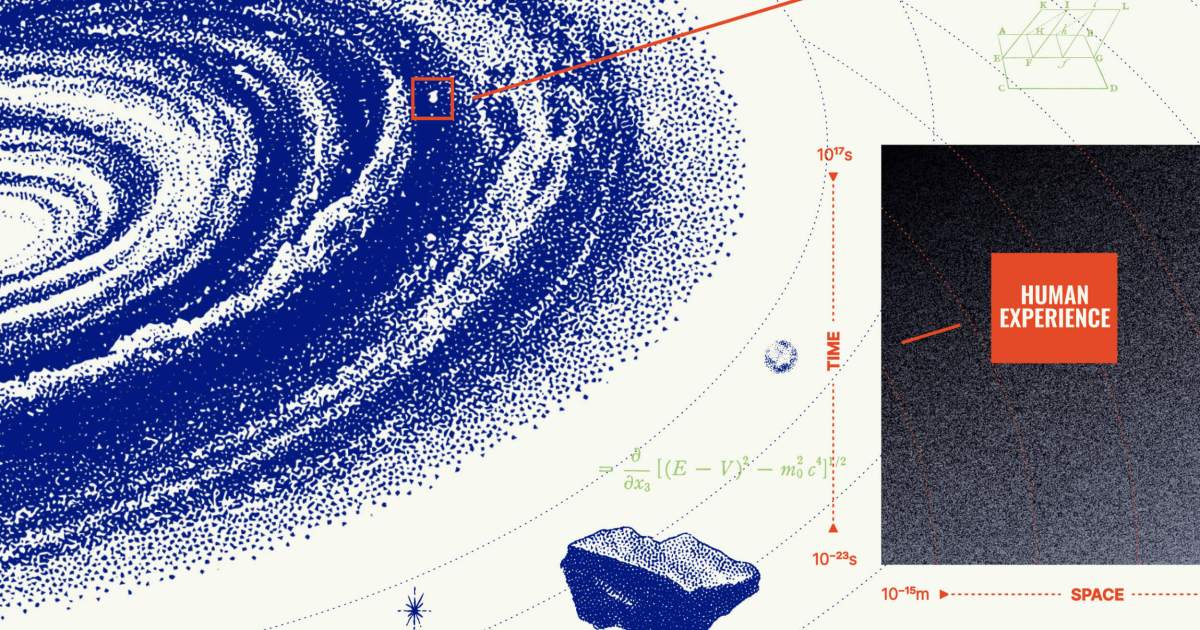How much of a threat is ocean acidification to marine life beneath the ocean’s surface? This is what a recent study published in the Journal of Geoph | Earth And The Environment



Moon’s time capsule: Apollo-era rock core sample tells tale of ancient landslide.
NASA intentionally set aside a significant portion of this haul for future study, a decision now paying off.
The rock core was studied using advanced micro-CT scanning to analyze its contents in fine detail, an imaging technology that didn’t exist when the samples were first brought back.
The new research focused on clasts, fragments broken off from the mountain during the landslide.





Researchers increasingly use online tools to advertise studies, recruit participants, and collect data, enabling access to individuals in remote or rural areas, those with limited mobility, and participants facing time constraints. While online platforms offer significant advantages, online research remains vulnerable to fraudulent activity, which can compromise the validity of study findings and deplete both funding and human resources. This special communication describes the real-world experiences of two research groups, one in Canada and one in the United States, who encountered fraudsters in both randomized controlled trials (RCTs) and observational studies.

What a terrible day to have eyes.